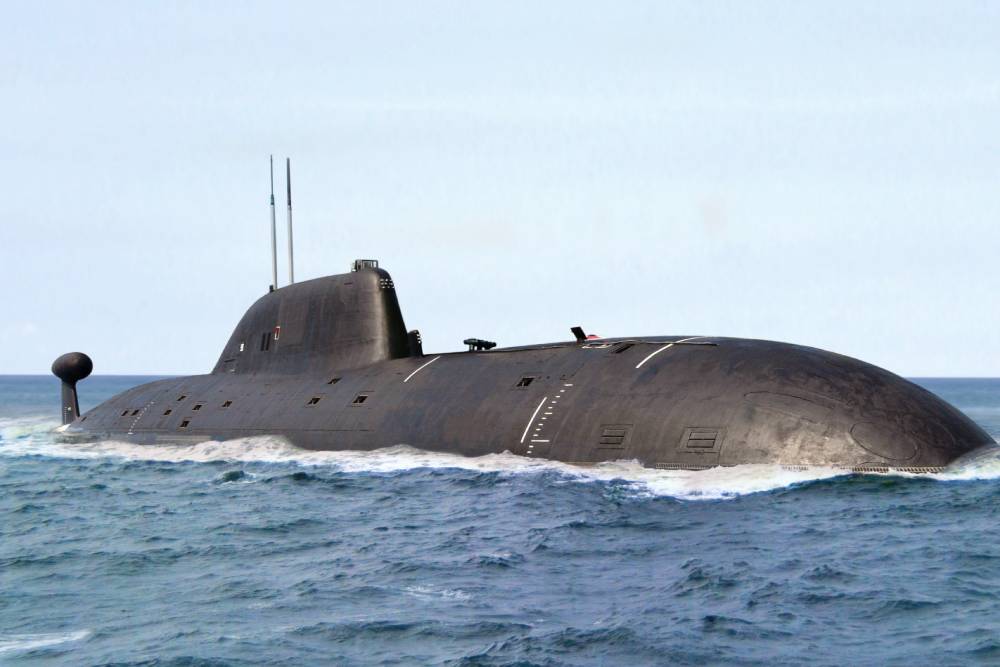The danger is clear with Putin building up his forces, Trump pulling out of treaties and the ever-present terrorist risk.

A hundred years after the armistice that ended the first world war heads of state and government gathered in France this month to commemorate the centenary and attend the opening of the Paris Peace Forum. The object of the forum – to spur international cooperation on global challenges to durable peace – is more essential than ever. But the meeting took place against a deteriorating multilateral landscape in which arguably the preeminent threat to international peace and security – nuclear weapons use – may be at its highest since the deep chill of the cold war.
Much attention in the aftermath of Armistice Day has focused on the concept of a “true European army” advanced by the leaders of France and Germany, a proposal linked to the evolving nuclear risk landscape. Indeed, French president Emmanuel Macron’s call for European defence came directly in response to the US announcement that it would withdraw from the 1987 Intermediate-range Nuclear Forces (INF) treaty – European security was identified as the “main victim” should the Americans follow through. Yet even with a European army in place, and even if the US and Russia were to resolve their issues and abide by their INF obligations, the spectre of nuclear use on the continent remains.
The crisis in nuclear diplomacy has also been felt across non-proliferation and nuclear security efforts. This is significant as terrorist groups are said to remain intent on acquiring the materials necessary to construct a crude nuclear device. Russia’s 2014 expulsion from the G8 effectively halted activities in the global partnership against the spread of weapons and materials of mass destruction. Vladimir Putin withdrew from the bilateral plutonium management and disposition agreement with the US in 2016. Such stalled campaigns to secure vulnerable nuclear materials should be of concern for a region that has proven susceptible to terrorist threat.
But recent attention on the INF underplays the fundamental issue of nuclear risk. Indeed, Europe is not immune even from North Korea’s capabilities. The varied nature of nuclear risk – and its causes – helps to explain why a number of European states, including nuclear-armed Britain and France, have undertaken practical actions to limit the dangers. In May 2016 officials from Sweden and Switzerland identified the unique risks associated with nuclear-armed cruise missiles, prompting cries in some circles for a global ban. Those two states have also long been engaged in calls to decrease the operational readiness of nuclear weapons systems (“de-alerting”).
Europe has not been reduced to spectator status in the face of a heightened possibility of nuclear detonation on its doorstep. Yet if it is to confront nuclear risk, it cannot be selective. Any effort must be comprehensive and considered, tackling more than just narrow aspects of risk. Imagine a scenario – as in the past – in which Moscow misinterprets a conventional missile flight as nuclear. Even a cooperative European defence could do little to prevent a retaliatory nuclear response. But if all nonstrategic warheads in Europe had been placed in central storage, this would allay the possibility that Moscow might misinterpret conventional missions in the first place. Direct communication links containing multiple nodes (beyond Moscow-Washington) could further bolster protection against escalation. For its part, Moscow could have physically blocked the lids on its silo-based weapons, which could lengthen decision time by valuable minutes – perhaps enough to clarify the situation.
There are no universal solutions. Those who linger on the future of the INF should not lose sight of the broader issue of nuclear risk. Yet few in the international community have taken a wide view on nuclear risk reduction, much less address the range of causes of risk and accompanying scenarios. While research institutes and former officials have made commendable efforts, a significant gap remains. This cannot persist. Nuclear risk reduction is a common security interest of all states – one that transcends alliances and umbrellas, and even the geopolitical circumstances that have stagnated arms control and disarmament.
Systematic engagement in nuclear risk reduction can result in measured concrete action. At a time when the nuclear risk on the continent is acute, European states have every reason to take the lead.
Wilfred Wan is writing in a personal capacity. He is a researcher at the United Nations Institute for Disarmament Research and is currently focusing on nuclear risk reduction options
